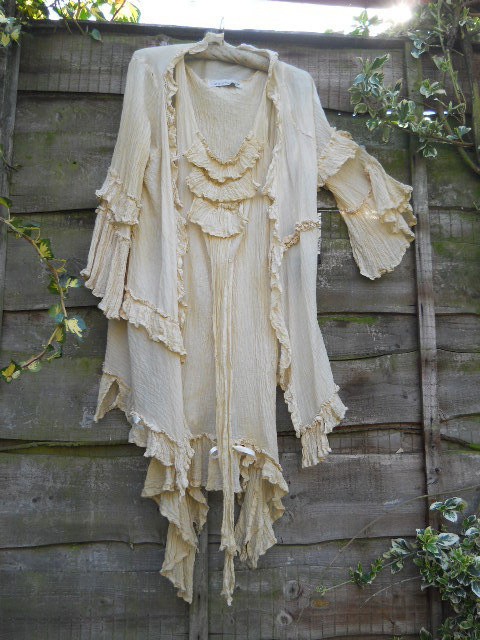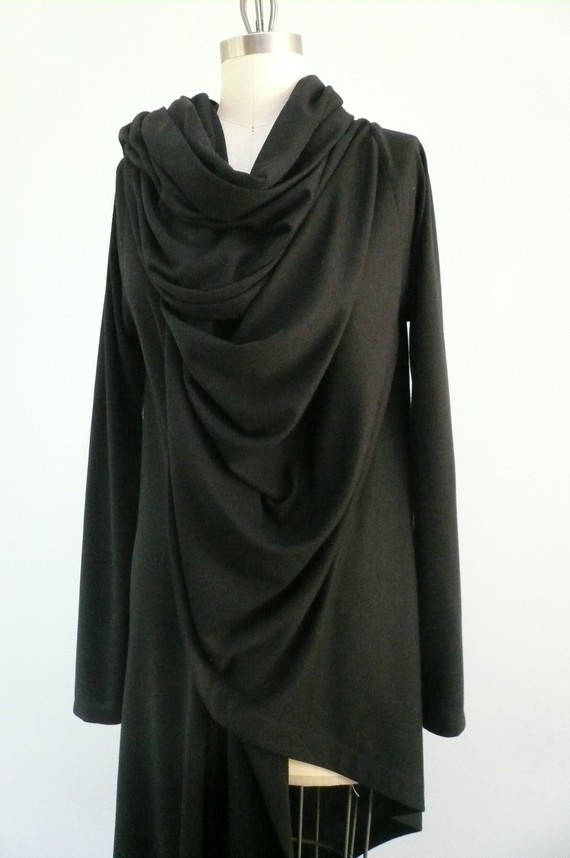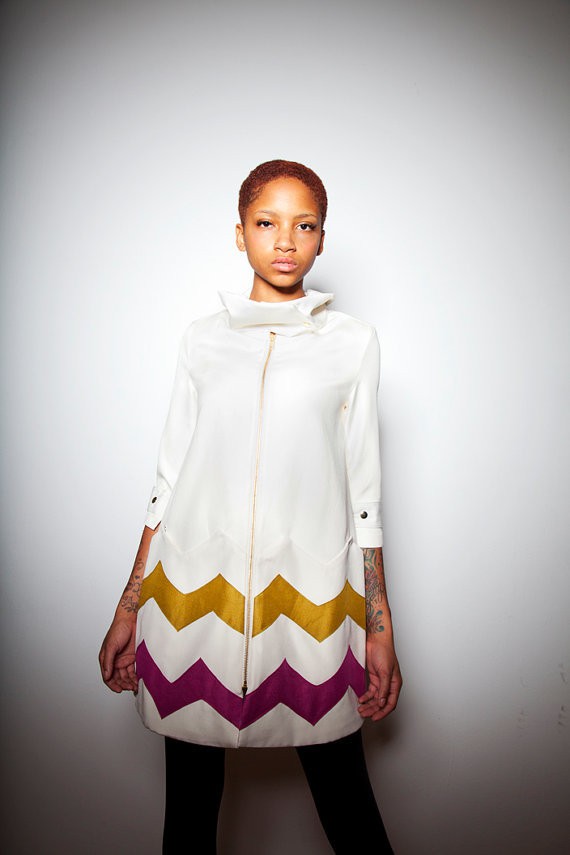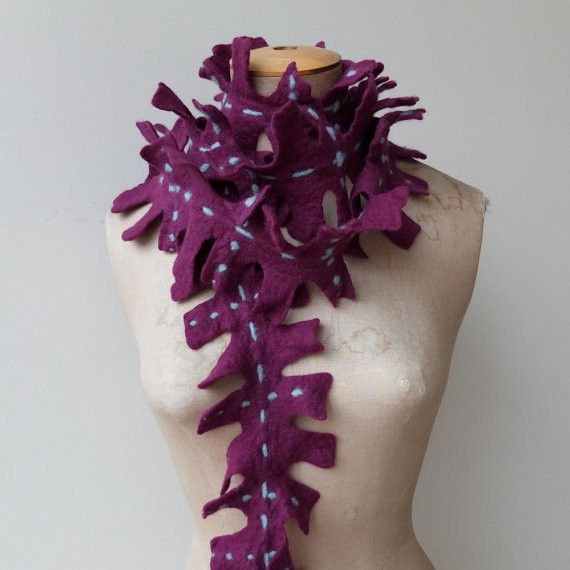Welcome to the next lot of How-tos. I’ll doing a few of these posts looking at different materials, but this one focuses on fabric – which, by the way, was always called “material” when I was growing up – confusing, no?
*
Materials? I love them. Give me a piece of paper/fabric/metal/justaboutanything to play with, and I’m a happy girl.
It almost goes without saying that you need to choose the right material for the job – but with so many people joining in the crafting revolution for the first time, I am feeling the need to say it again.
(You can find out more of my thoughts on this here).
I know how it feels. You’ve got a scathingly brilliant idea in your head, you’ve got the images/pattern/plan in front of you. You know exactly what it’s going to look like when it’s finished. But you’ve never made anything quite like this before. You need to start with this vital truth – if you want your work to turn out the way you intend it to, you need to choose the appropriate stuffs to make it with.
Suffice to say, there are so many fabric choices out there, it’s important to understand a few fundamental things about them. The performance of the fabric – its drape, how it feels to touch, its breathability, strength and durability – are all dependent on the fibres it is made from, its weight, and its weave.
So what do you want your fabric to do? Sheer and floating for lingerie, or sturdy and hard-wearing for upholstery? Do you want it to drape? Does it need to be absorbent? Natural fibres such as wool, silk, and cotton are generally more breathable than synthetics. How much does it need to stretch? Or do you need it to hold its shape? Very light fabrics such as chiffon, slippery fabrics like satin, or thick and heavy fabrics such as velvet and canvas can be tricky to sew, so perhaps leave them until you have a bit more experience.
The vast majority of commercial patterns come with fabric suggestions for you to follow. Go into the fabric shop with your pattern and ask the sales assistant to help you if you’re unsure of what something is – it’s their job. And when you’re looking at fabric in the shop, you also need to check the care label on the bolt – if it recommends ‘Dry Clean only’ or ‘hand wash’ you need to think about whether you can cope with that kind of maintenance.
This soft and billowy jacket uses a soft and very lightweight voile, in a cotton and silk blend. Tightly gathered sections give nice frilly drapes, and the fabric crushes well too (enhanced by twisting and rolling when wet), which adds to its texture. The artist has then used a cold water dyeing method, resulting in a delicately mottled look.
Cotton is a very versatile fibre, and comes in a wide variety of weights and weaves. It is generally not as expensive as wool or silk, and is usually easy to care for. Jersey is a finely knitted fabric which drapes well, but is less inclined to crush than a plain weave. Because it comes in a variety of weights you can choose whether you want a lightweight cotton for t-shirt, or heavier for a full dress. Here, they have chosen a medium-weight cotton jersey, which would be super-comfy, and drapes beautifully.
Gabardine is a tightly woven twill-weave fabric, often made from wool. It is sturdy and holds its shape well. For this reason it is often used for tailored clothing, such as suits, or where a crisp finish is required. In this driving jacket, it has enough body to hold the silhouette of this beautifully shaped A-line, and to create interest at the neckline.
Felt is made from wool and is thick and soft. It is suited best to bold and chunky designs, which may be structured or unstructured, depending on the thickness of the felt. Its bulk means it is not often used for general clothing, but is more suited to accessories such as hats, scarves, and slippers. It can be either hand-made (as in this scarf) or machine-made, which is smoother and more uniform in texture.
Blends of fibres are often used to enhance certain qualities in a fabric, and the percentage of each fibre in the fabric has an effect on those qualities. For instance, polyester is often blended with cotton to create a material that is more durable and easier to launder and iron than cotton alone. The more polyester the fabric contains, the less absorbent it is, which is a consideration when the weather is particularly hot and/or humid. Linen may also be blended with synthetics to make something that still looks and feels like linen, but is easier to care for. Cotton is blended with elastane to provide extra stretch. Silk might be blended with wool to give it a soft sheen. And on it goes – blends can be found for just about any given requirement.
Once you’ve chosen your material, then you have to know how to handle it. There are general techniques for any major grouping of material (e.g fabric or metal or clay), and lots of information is freely available on the internet. But there are also endless amounts of subtleties to learn about each, and the best way to learn about them is through experience. Be prepared for things not turning out exactly how you want the first time. This is also worth saying again.
Most of all, it is experience that will get you the result you want.
Now, get to it and have a go!
Jx





